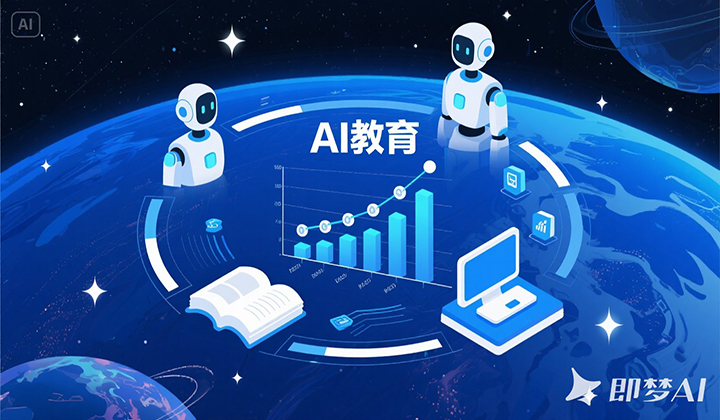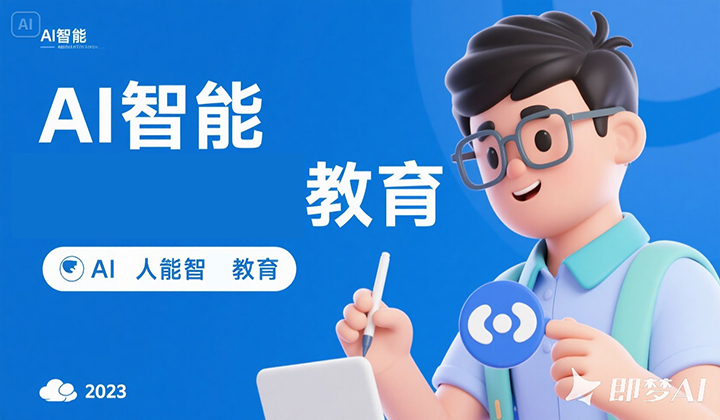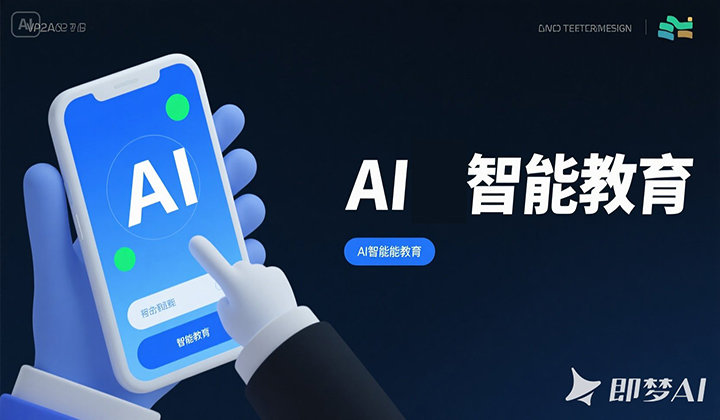AI Educational Technology: Opportunities, Challenges, and Ethical Boundaries
In the year 2025, when artificial intelligence technology is rapidly advancing, AI education technology has become a core force in reshaping the education ecosystem. From intelligent teaching assistant systems to adaptive learning platforms, AI is deeply involved in the entire education process like never before. But behind the technological frenzy, opportunities and challenges coexist, and ethical boundaries urgently need to be clarified.
1、 Technology Empowerment: Accelerator for Educational Transformation
AI education technology is unleashing three core values. Personalized learning has become a reality: The intelligent teaching assistant system deployed by Tsinghua University has covered 5 courses. By analyzing students' answer trajectories in real time and dynamically adjusting learning paths, the efficiency of knowledge mastery has been improved by 40%. Breakthrough in achieving educational equity: In Liangshan Prefecture, Sichuan Province, the AI Mandarin teaching system has improved the Mandarin proficiency of Yi students by 40% within 3 months through dialect recognition technology;
The National Smart Education Platform has broken down the curriculum of Beijing No.4 Middle School into 8000 micro videos, benefiting 3000 rural schools in Yunnan and Guizhou. The revolution of teaching effectiveness is unfolding in Chenghua District, Jinan. AI recorded classrooms generate diagnostic reports by capturing more than 200 teaching data from teachers, which improves the questioning efficiency of young teachers by 23%.
2、 The surging undercurrents: the triple dilemma in the technological revolution
(1) Crisis of cognitive alienation
Data from a certain experimental school in Shenzhen shows that excessive reliance on AI correction has led to a 30% "template based" tendency in students' essays, and there have been academic misconduct cases in Shanghai universities where AI generated papers were used to avoid plagiarism checks. When knowledge acquisition becomes instantaneous, students gradually lose their ability to filter information and think deeply, and the most essential cultivation of critical thinking in education faces the risk of dissolution.
(2) Data governance black hole
A certain educational technology company has acquired over 20 billion pieces of K12 learning data, and some schools have been forced to sign "exclusive data authorization" agreements in order to obtain intelligent question banks. This kind of data monopoly not only violates the "Education Data Security Regulations", but also leads to the "islanding" of regional education data. Schools in poverty-stricken areas are unable to afford high operation and maintenance costs, forming a "digital new divide" with developed areas.
(3) Risk of ethical misconduct
Generative AI may embed algorithmic bias in knowledge production, and if the 30 million hours of training data it relies on has cultural bias, it will directly lead to value bias in teaching content. What's even more serious is that when AI takes on 70% of the knowledge point explanation, the teacher's educational function is compressed, and the emotional connection between teachers and students faces technological deconstruction.
3、 The way to break through: building a new paradigm of human-machine collaboration
(1) Establish a negative list for technology access
Referring to the "regulatory sandbox" model of China's financial technology, implement a penetrating supervision of educational AI systems. Require algorithm developers to submit an Algorithm Impact Statement, disclosing core parameters such as urban-rural distribution deviation coefficients and model decision weight matrices, to ensure transparency and interpretability of technology applications.
(2) Reshaping the core competencies of teachers
The "Dual Teacher Collaboration Model" in Shenzhen provides practical samples: AI is responsible for knowledge point explanation and homework correction, while teachers focus on group discussion guidance and personalized psychological counseling. This model improves students' ability to ask questions by 41%, proving that the irreplaceable value of teachers lies in emotional companionship and value guidance.
(3) Cultivate new literacy in the digital age
Jiangsu has included "technical critical thinking" in the "Information Technology Curriculum Standards for Ordinary High Schools", requiring students to master abilities such as algorithm bias recognition and data sovereignty maintenance. This cultivation of 'meta ability' is the ultimate antidote to technological alienation.
Standing at the crossroads of educational reform, we must not only embrace the efficiency revolution brought by AI, but also safeguard the humanistic core of education. When Yi children in Jinan interact in real-time with renowned teachers in Beijing through VR, and when high school students in Shanghai use AI to simulate rocket launches and understand the laws of physics, what we see is not only technological progress, but also a return to the essence of education - igniting sparks of thinking with technology and nourishing intellectual growth with humanity. Only by finding a balance between technological innovation and ethical constraints can AI truly become a torch that illuminates the future of education, rather than a Pandora's box that alienates humanity.














